Note from the contributors: In a new column for Life & Thyme, Roots explores lesser-known stories of those who take a traditional approach to food to honor their heritage or to rediscover those useful, time-tested methods. These stories hone in on the lineage, history and perpetuation of cultural customs—or even the clashing of those values with the fast-paced life much of the world embraces today. Entry #1 finds us inside Tia Chayo’s kitchen.
——
A steaming plate of food towers before me as a little girl, a feast for my eyes that barely reach its peak. At not quite five years old, whoever prepared this plate took no account for my size, loading it with Spanish rice, refried beans and unfamiliar shredded meat. I gaze in wonder at its juices pooling along the edge of my plate as the enchanting fragrance rises. A short prayer punctuated by a hearty chorus of amens is my cue that dinner has commenced. My tiny hand eagerly stretches toward the center of the table, competing with others scrambling for the steaming tortillas, all of us attempting to avoid the fate of being the one who reaches too late and is forced to wait [im]patiently for a fresh new round to be warmed. I retrieve one and tear off a piece—familiar flour dusting my fingertips—and scoop up my first bite. The meat’s robust, smoky flavors are an explosion in my mouth—tender and delicious. I’m convinced this is the most amazing thing I have ever tasted and slowly savor each bite, unaware that this moment will be seared upon my memory forever. The name of the dish is a mystery, but at every gathering in the future, I cross my fingers hoping I’ll walk through the door and detect its aroma drifting through my great aunt’s kitchen.
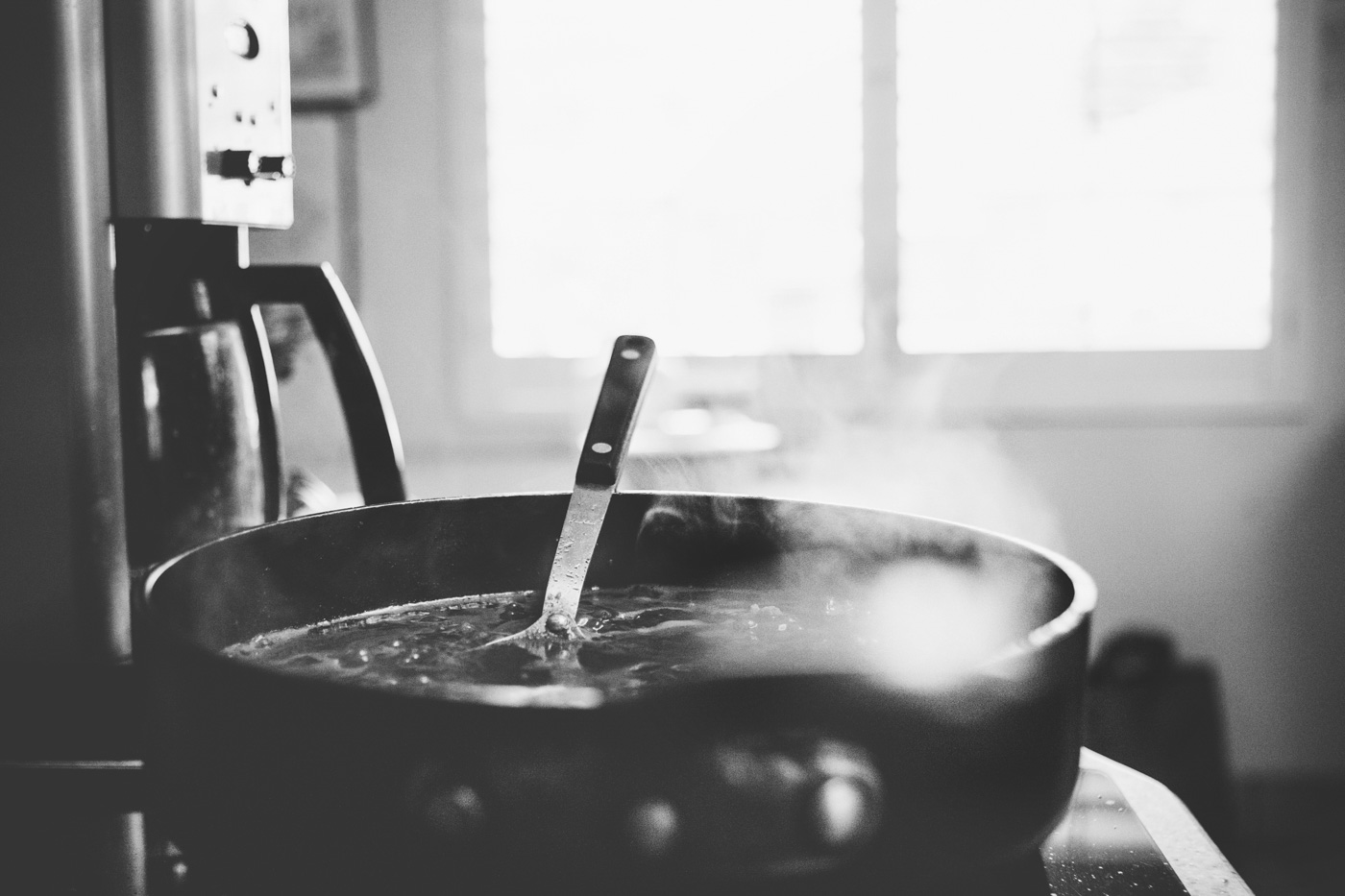
As a fourth-generation Mexican American, some would consider my connection to Mexican culture distant at best, but the food I was brought up with—and prepare in my kitchen to this day—is a continual reminder that my roots reach down into the rich soil of Mexico. As an adult, I have sought out ways to explore more of my heritage and foster its presence in my life. One such avenue has been through making several visits to my great aunt’s home for the purpose of learning more of her recipes and her story.
While I would like to boast of my uniqueness in this pursuit, I must admit I am one in a line of many to enter her kitchen in Pico Rivera, California, with this intent. Numerous extended family members, cousins and siblings have spent hours alongside her, learning to master her time-tested recipes. Whether it’s her tamales, chiles rellenos or mole, all agree that no one makes them quite like she does, and she is more than willing to pass on her knowledge and legacy to the next generation.
I enter the kitchen and see my tia leaning over the stove stirring a fresh pot of pinto beans, their fragrance graciously filling the entire house. Petite in form, reaching nearly five-feet tall on tiptoe, any who are fortunate enough to encounter her instantly recognize she is not at all limited by her size. She is a fiery, brazen, Catholic contradiction of a woman—whose language will make any priest blush, and who loves with inexhaustible generosity. With a firm, no-nonsense approach that intimidates most, her gentle, humble spirit has a way of putting any apprehensions to rest. Her Spanish is fluid, fearless and strong, and her English fraught with the intricacies of one who has overcome. One word from her mouth, one meal at her table, and I am wistfully reminded of where I come from—with deep pride and gratitude. Although formally referred to as Rosario Rodriguez, I have only ever known her as Tia Chayo.
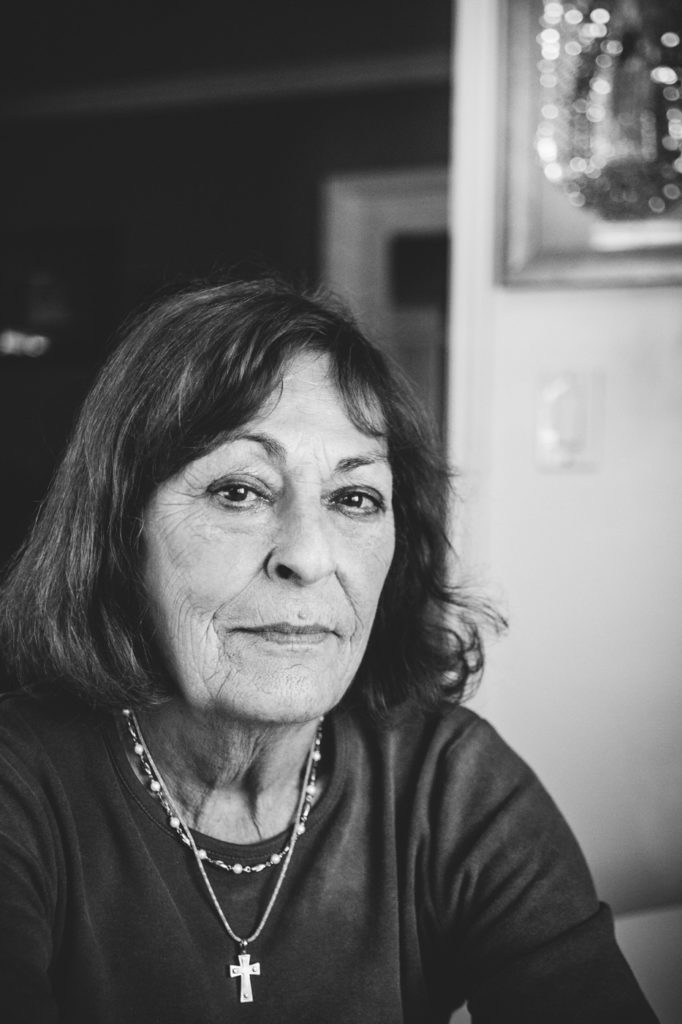
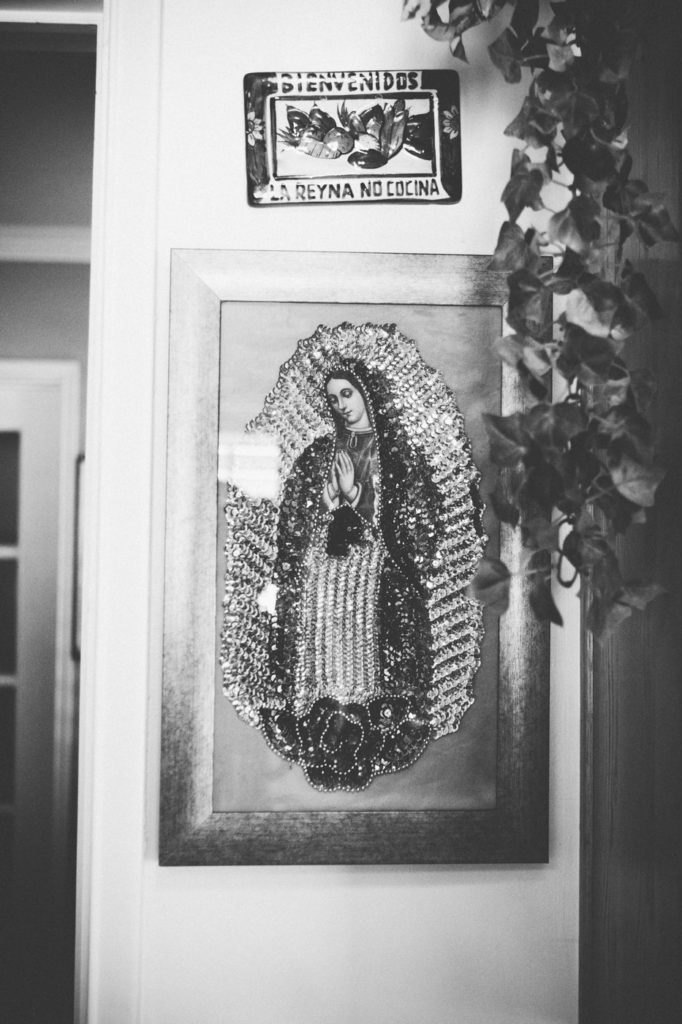
“Look at these beans,” she calls. “Have you ever seen any so beautiful? They’re so light, even pink.” They are in fact lovely, yet I can’t help but chuckle inside at her impassioned speech. I wonder how her beans come out so light and pink, when growing up ours were always so dark—even black. She continues, intuitively responding to my thoughts, and discloses the answer: a simple matter of cooking on low heat for hours instead of on high for a short duration. These beans are part of the ample supply her eldest son recently retrieved on his trip to Dove Creek, Colorado, the alleged bean capital of the world. Reasonably priced, quality pinto beans are indispensable, and therefore warrant an annual road trip. Though it would seem impossible that she and my uncle consume all 150 pounds of beans, I’m shocked when she throws up her hands and with a shrug confesses that they run out every year.
We begin our series of lessons by making tortillas, of course, and that hallowed dish I now know as barbacoa—a slow-cooked chuck roast, marinated in a pasilla and guajillo chile sauce; then we move on to some of her favorites, like carne con chile. With each recipe, she instills in me a deeper appreciation for this sacred space where love and labor, passion and peace intermingle. It is in this sanctuary that she experiences the breadth of human emotion as she processes all of life’s affairs, and it is here that she exercises the freedom to create beautiful dishes to share with others. “To me, cooking is therapeutic,” she says, “I totally enjoy doing it, and it relaxes me. When I’m pissed off at someone, I go make enchiladas. If I’m upset, I cook and it lifts my spirits.”
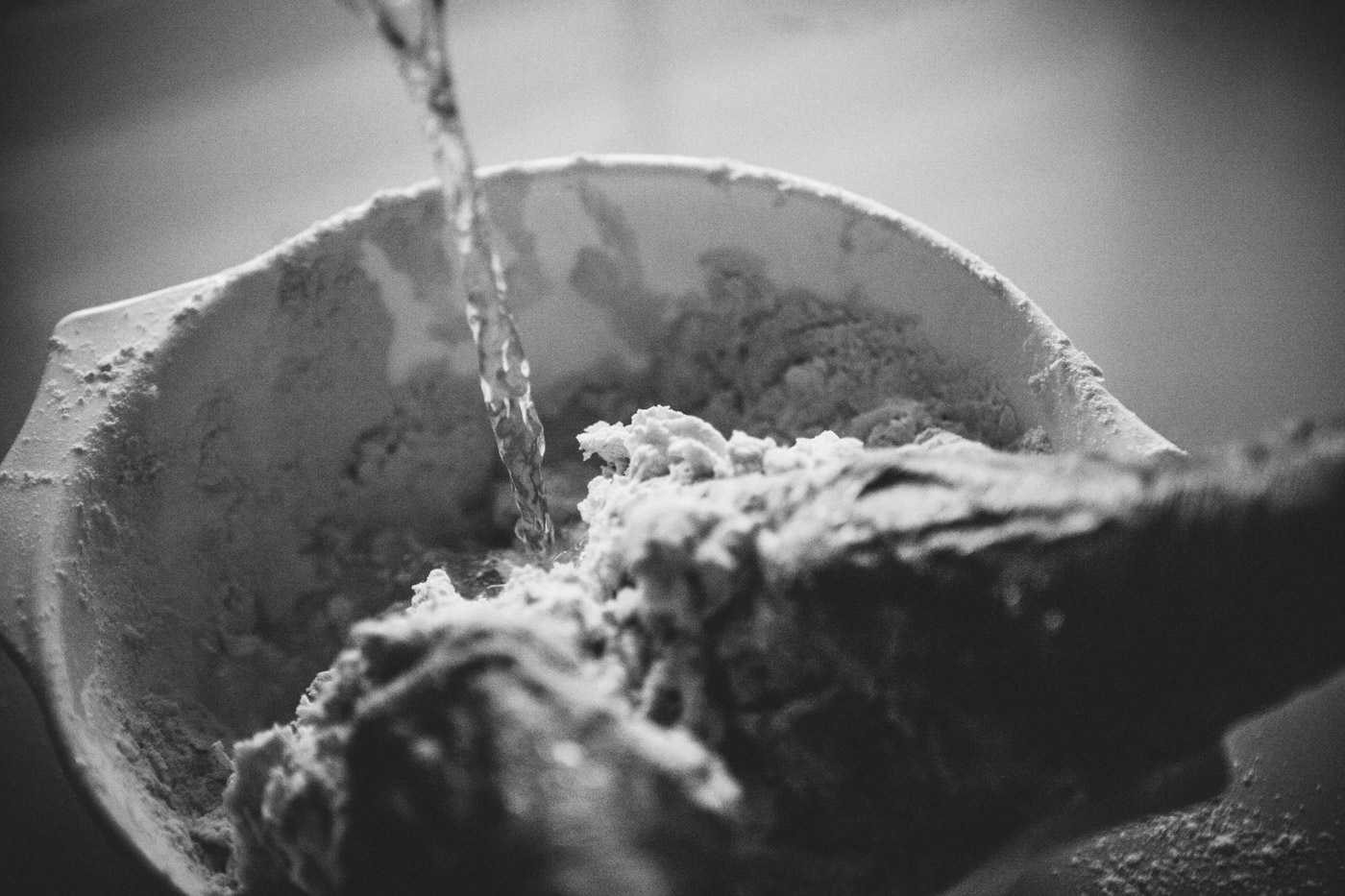
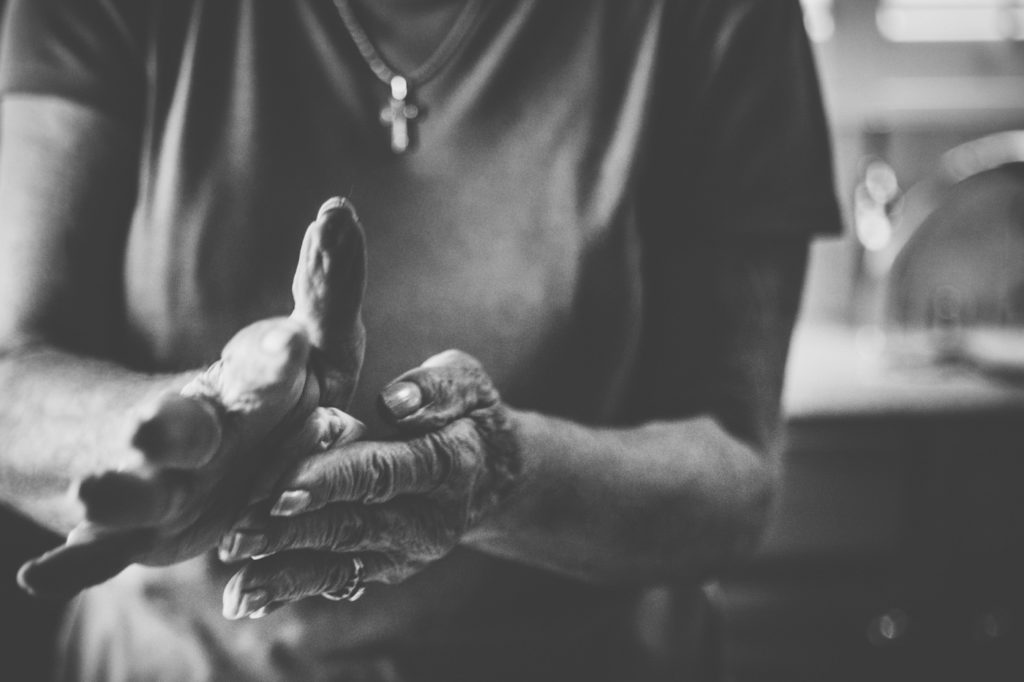
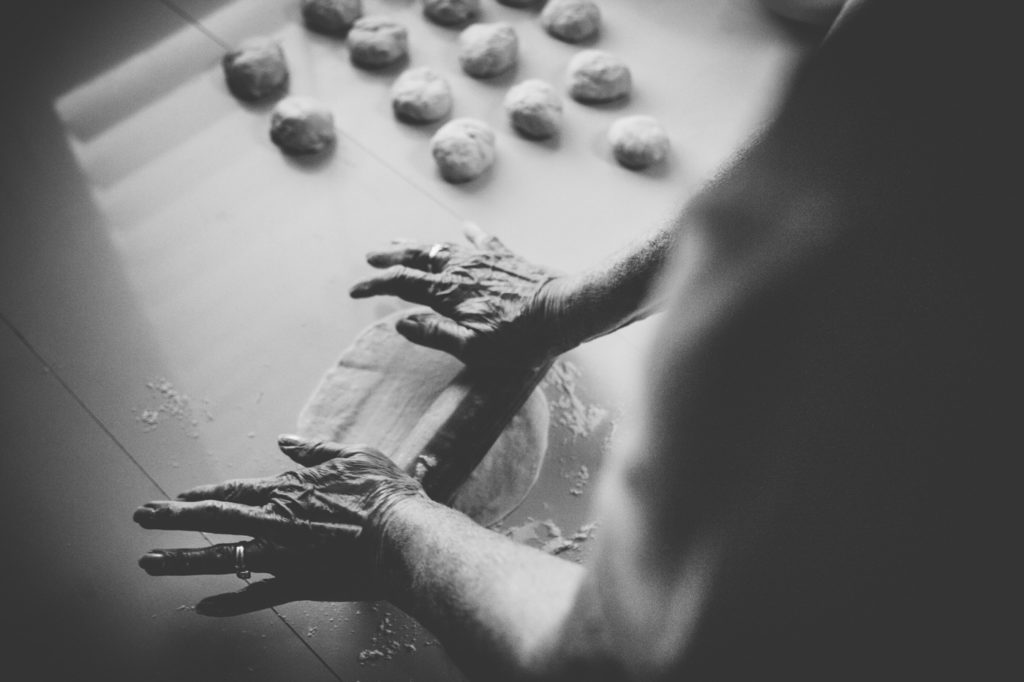
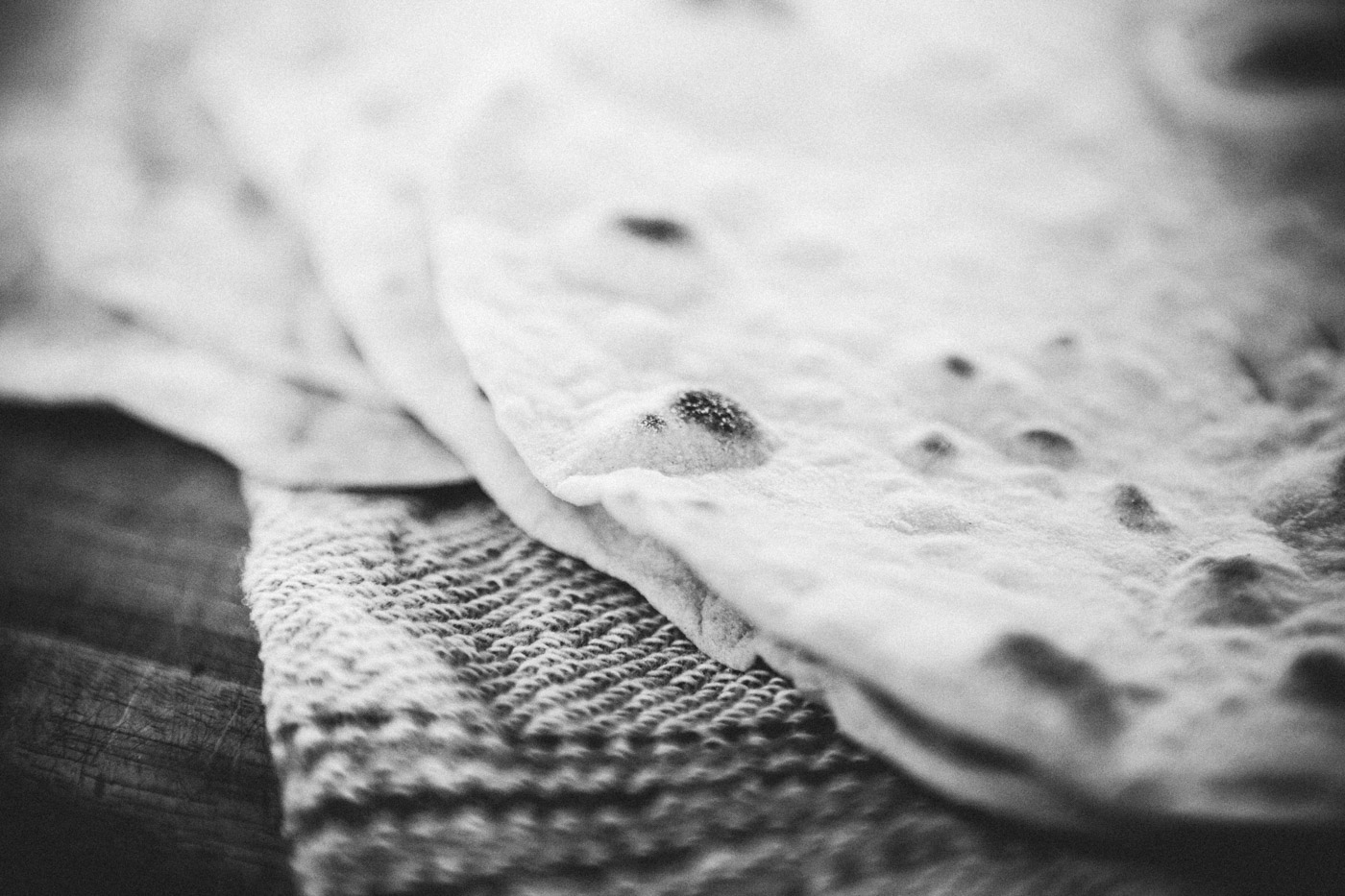
After making a pureé of cilantro, tomatillos and jalapeños, we leave it to simmer over the flame and I return to my seat. Attempting to play catch up, I furiously scribble every detail of the recipe on the blank page before me. Then she pours a dried herb into the palm of her hand and declares with gusto, “Next, I add the oregano. Oregano and garlic are the essence of cooking!” Grinning from ear to ear, I ask how much without looking up, and her reply is one which becomes very familiar over the next few hours, “This much—look at my hand.” I glance over at the small mound of white crystals in her palm and mourn the loss of structure to which I am accustomed. My trusted companions, measuring cups and tablespoons, are as useless in her kitchen today as they were when she was a child—first learning the art that now embodies her very soul.
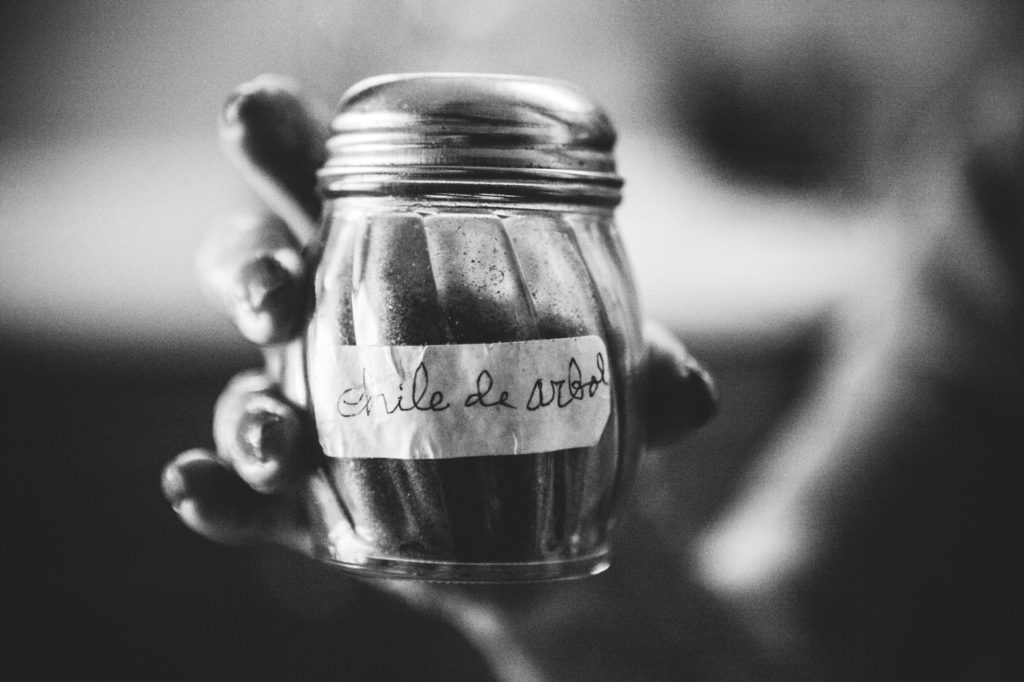
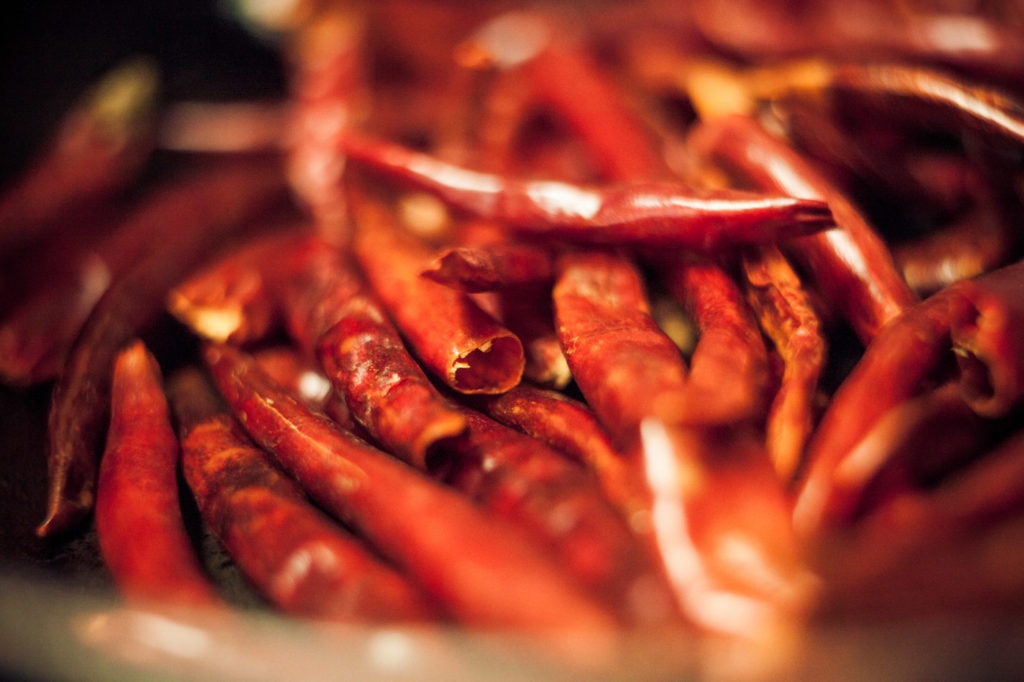

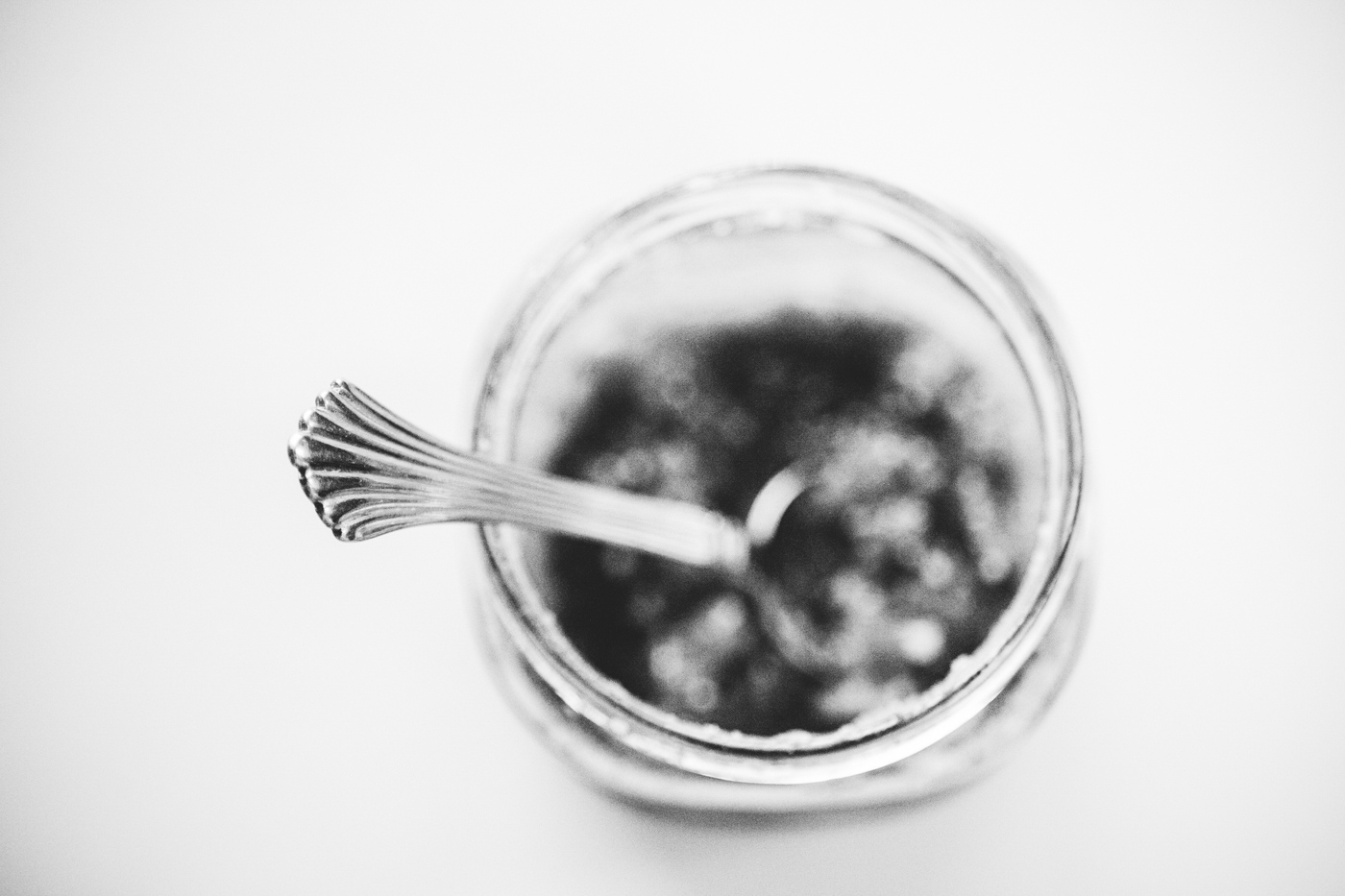
Growing up on her grandfather’s ranch in Zacatecas, Mexico, my aunt was grounded in the simplicity of life and the value of hard work, since her family survived solely on the crops they cultivated and animals they raised. As a little girl she would collect chicken eggs for her mother, not to cook, but to trade in the tianguis (open-air market), to clothe all 12 children. At a tender five years of age, she began working alongside her mother and older sister. In their kitchen, built of adobe and wild grass, they cooked atop a clay comal (griddle) over a wood fire. She started with making tortillas, taking the maize harvested by her father and brothers and grinding it on a metate (mealing stone) to make the masa (dough). With 14 family members consuming nearly 10 dozen tortillas daily, there was much to prepare and little time to be taught. Everything was learned by watching her mother intently and attempting to do the same.
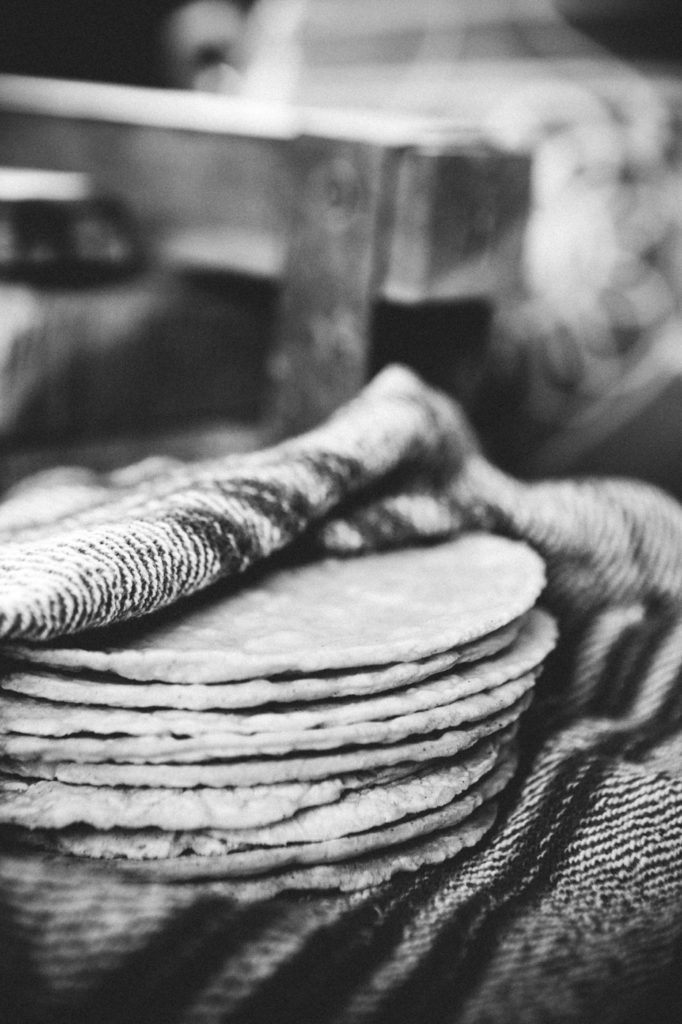

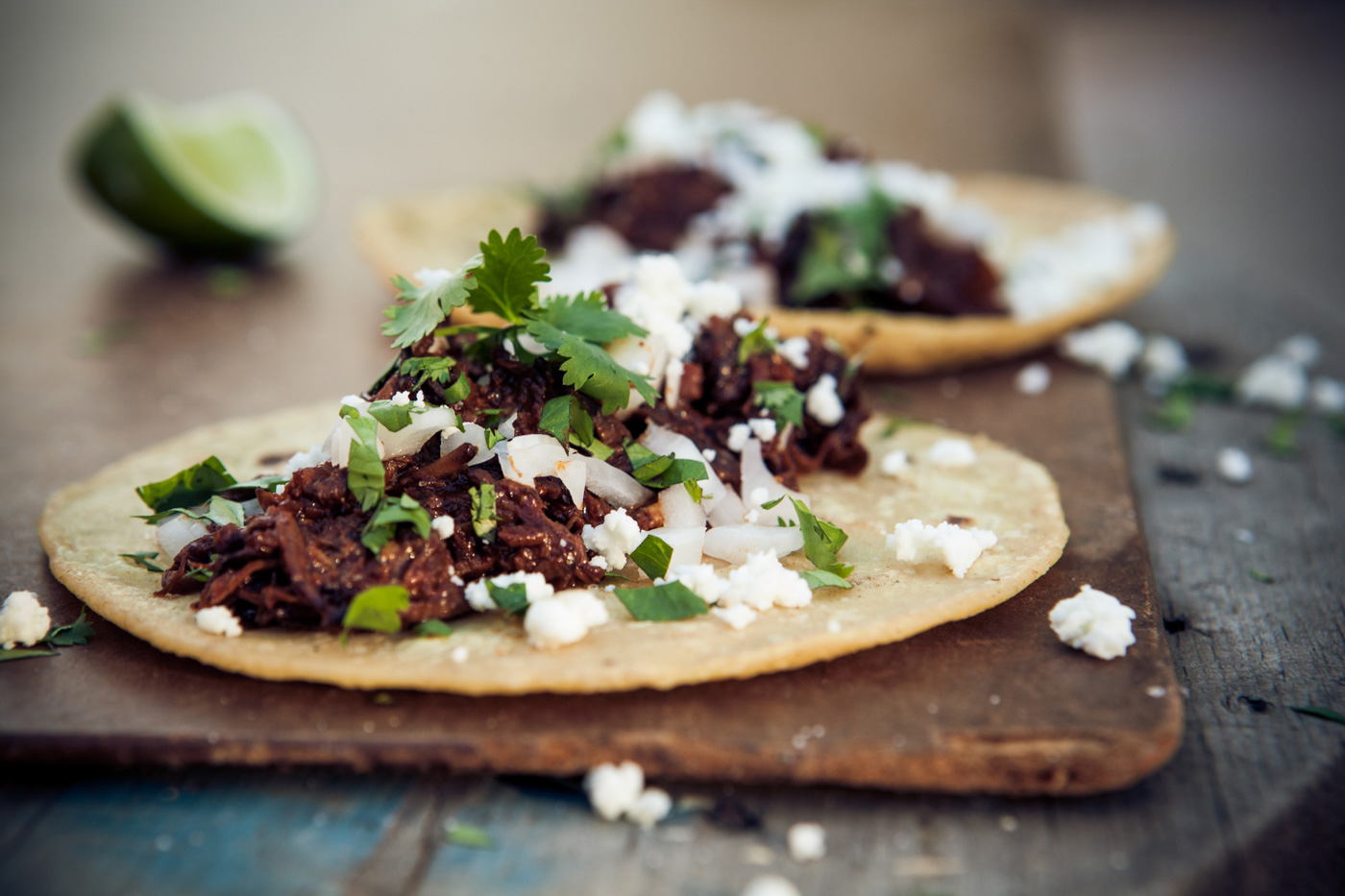
For my aunt, cooking was born out of necessity rather than interest; however, joy was present in the labor. Although the work was grueling at times, pools of gratitude well up in her eyes when she speaks of the inseparable bond that was forged between two sisters over those open flames. A bond she has deeply cherished through the passing of time and even through the loss of her beloved sister. Some of their sweetest times were spent riding burros down dusty trails to the river to wash the laundry. After the clothes were hung out to dry and they had finished swimming in refreshing pools of water, her mother would build a fire and heat up the gorditas she had prepared for them. My aunt’s eyes grow wide with delight as she describes those thick corn-cakes puffing up perfectly, then being stuffed with beans and nopales. Maybe it was the intense hunger that followed a long day of work and play, or simply enjoying a bite beside the river with her sister. Either way, it was one of her favorite meals, establishing her belief that food tastes best outdoors.
Despite eating a hearty breakfast of huevos rancheros upon arrival, my aunt decides we are in need of a pre-lunch snack. “I’m surprised I’m not fatter than I am,” she admits, “because I love to eat.” Slicing up some queso fresco, we place the pieces inside freshly made corn tortillas and drizzle them with a spicy tomatillo salsa—my first bite provokes an involuntary sigh of satisfaction. She explains that back on the ranch, her family would regularly make queso fresco, panela and cotija cheese—specialties within the region. Since there were 20 cows total between her family and their neighbors, they would combine all of the milk and take turns making cheese for their families each week. Back and forth they went, sharing valuable resources. This concept of sharing with one’s neighbor is so deeply ingrained in my aunt, I see it manifested to this day when she gives containers of food to her next-door neighbors because she made too much. Or at family gatherings when she insists on sending everyone home with leftovers. Even today, as we stand in the shade of her giant cactus, she points out several avocado plants she sprouted from seeds and is seeking to give away. Grateful for the timing of my visit, I gladly take one off her hands.

We head inside for lunch and spend some quality time lounging around the table partaking in the day’s labor. My aunt recalls the difficulties of her past, such as secretly registering herself for school at 14 years of age only to be placed in the third grade. The heartache of having to leave her family behind at the age of 20 to find work in the United States, not knowing one word of English. Yet with every hardship mentioned, she finds a reason to give thanks, like for her great fortune in meeting her loving husband—who was originally bound for the priesthood—only a couple of years after immigrating. “Now I thank God my father made me come,” she reflects. “I thank God I’ve got my house, my husband, and this beautiful country.”
Although there may be a narrow wall that separates Mexico and the United States, the roots of my family tree run deep, spreading across the soil of both. Sometimes we overlook the beauty of our heritage, the wisdom hidden within those closest to us; we forget to ask the profound or even simple questions about their history. Aware of this, I have begun to seek out the stories of those who have gone before me, and found invaluable treasures bound up in the narrative of their lives.
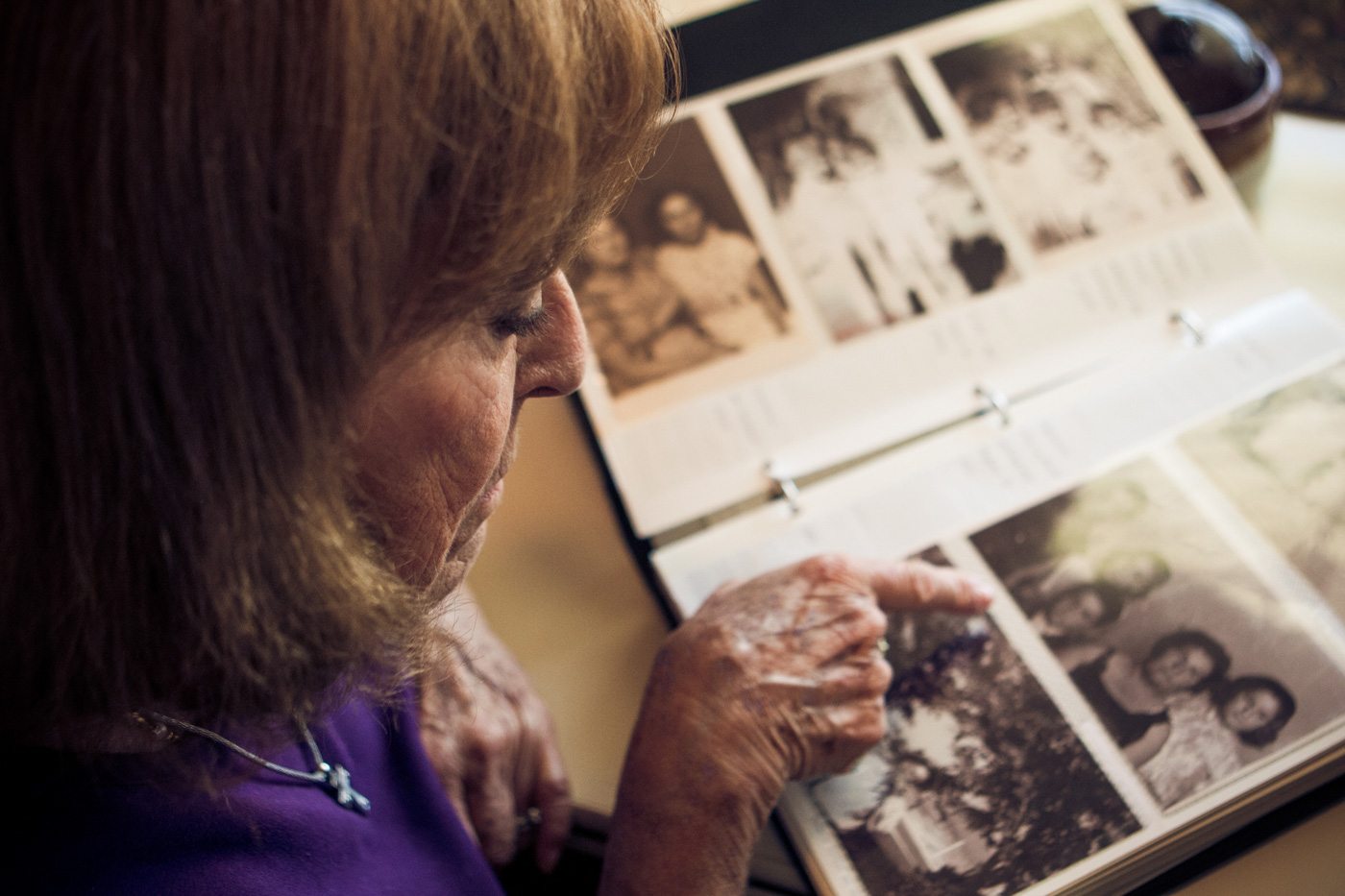





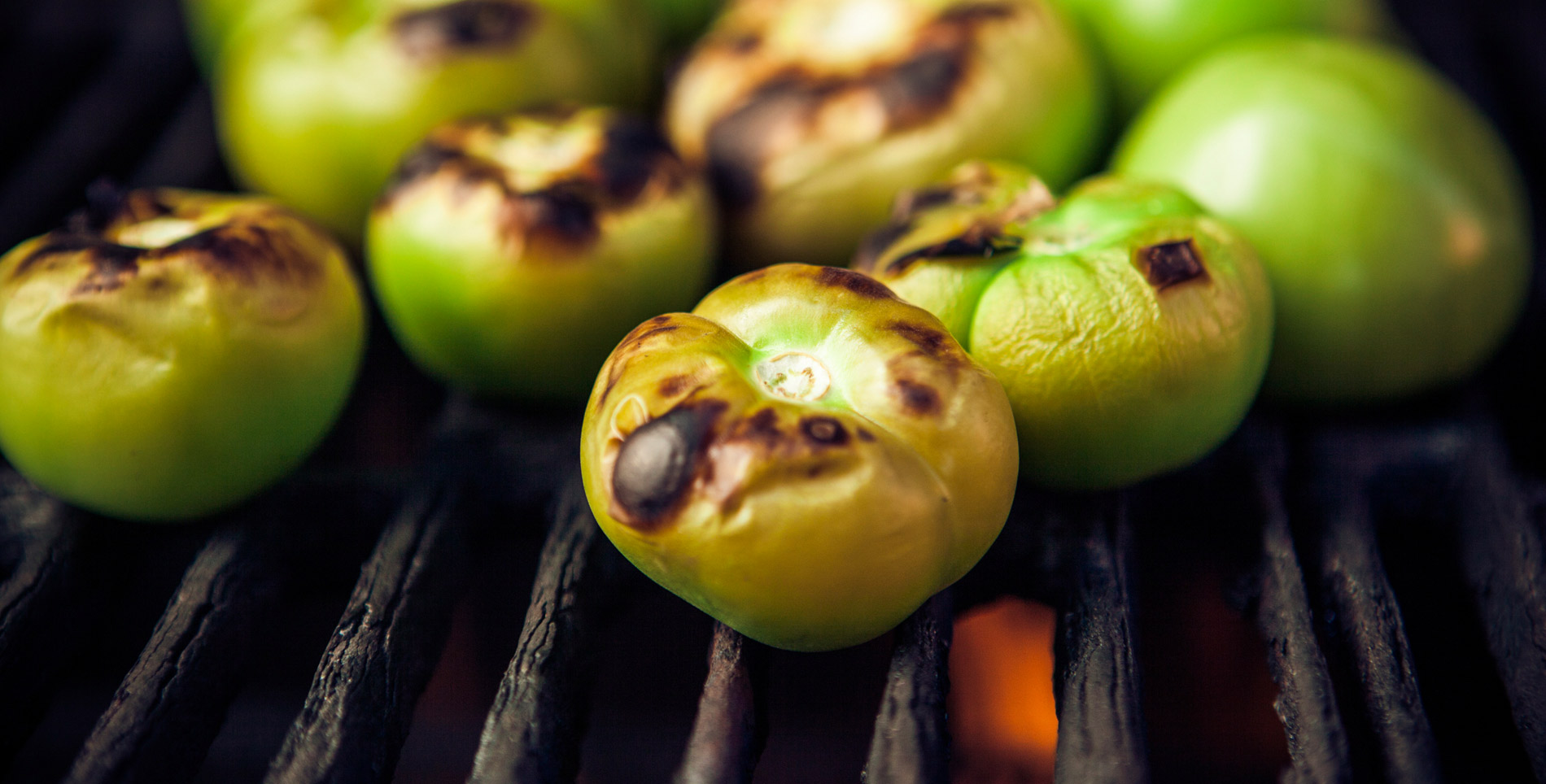

Our comments section is for members only.
Join today to gain exclusive access.